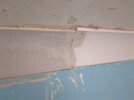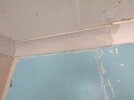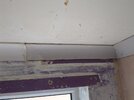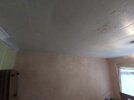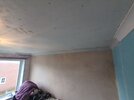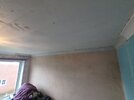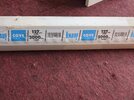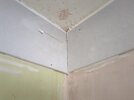- Joined
- 22 Apr 2023
- Messages
- 14
- Reaction score
- 0
- Country

Hi,
Had plastering work done recently and at the time he also put up new coving to match existing coving (we had built in wardrobes when we moved in, took them out and there was no coving behind).
When he installed it he told me that cause the old coving has been painted on so much over years there's a difference in size, it looks to be a couple mm, so he advised caulking round so it matches I'm terrible at caulking at the minute and not good with verbal instructions, so could do with some written advice for getting this to match up, my concern is If I caulk the few mm so it's same size as old coving, it will have a different profile, won't my caulk be sort of curved, and the old coving be straight at the edge ? Guess I could then caulk the old coving slightly ? Not sure, could do with help. Also noticed if I do add caulk, I'll have to do it all way round as the new piece to new piece corner joint would be different then ?
Had plastering work done recently and at the time he also put up new coving to match existing coving (we had built in wardrobes when we moved in, took them out and there was no coving behind).
When he installed it he told me that cause the old coving has been painted on so much over years there's a difference in size, it looks to be a couple mm, so he advised caulking round so it matches I'm terrible at caulking at the minute and not good with verbal instructions, so could do with some written advice for getting this to match up, my concern is If I caulk the few mm so it's same size as old coving, it will have a different profile, won't my caulk be sort of curved, and the old coving be straight at the edge ? Guess I could then caulk the old coving slightly ? Not sure, could do with help. Also noticed if I do add caulk, I'll have to do it all way round as the new piece to new piece corner joint would be different then ?

